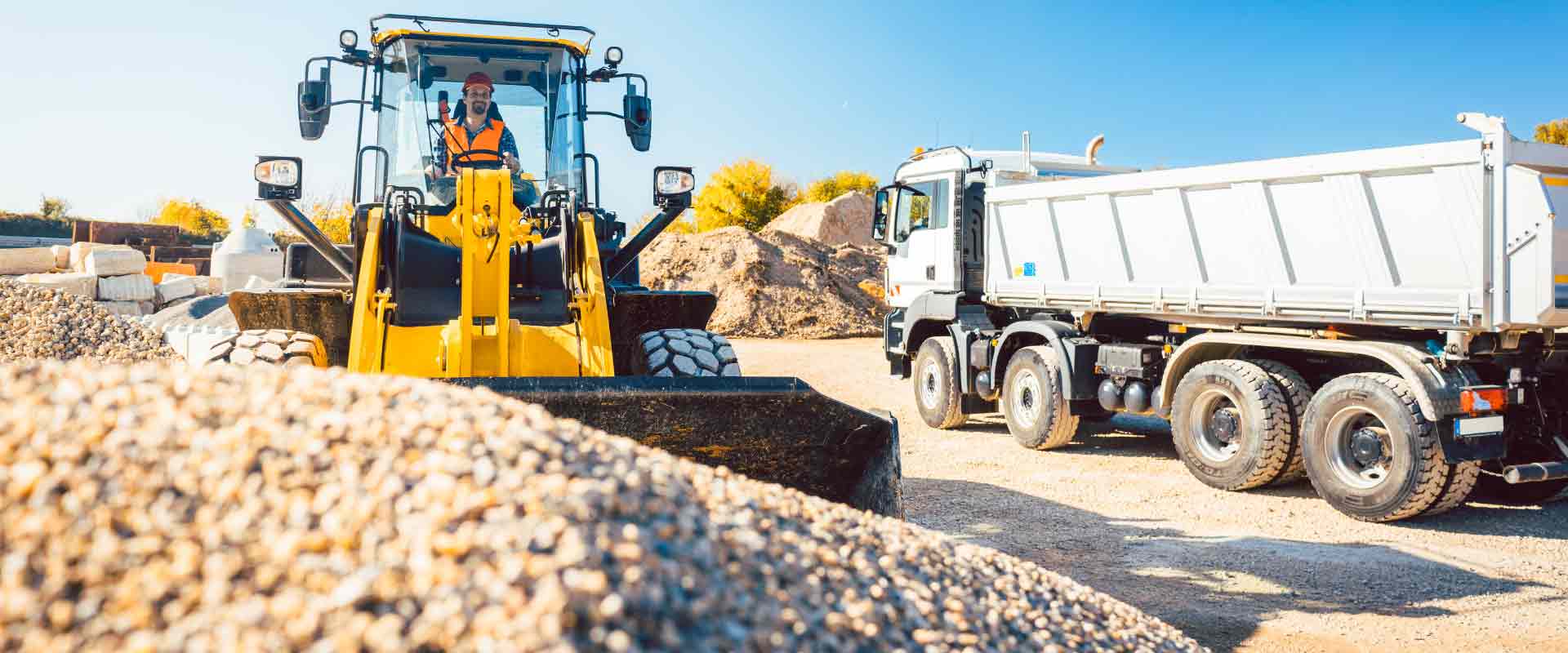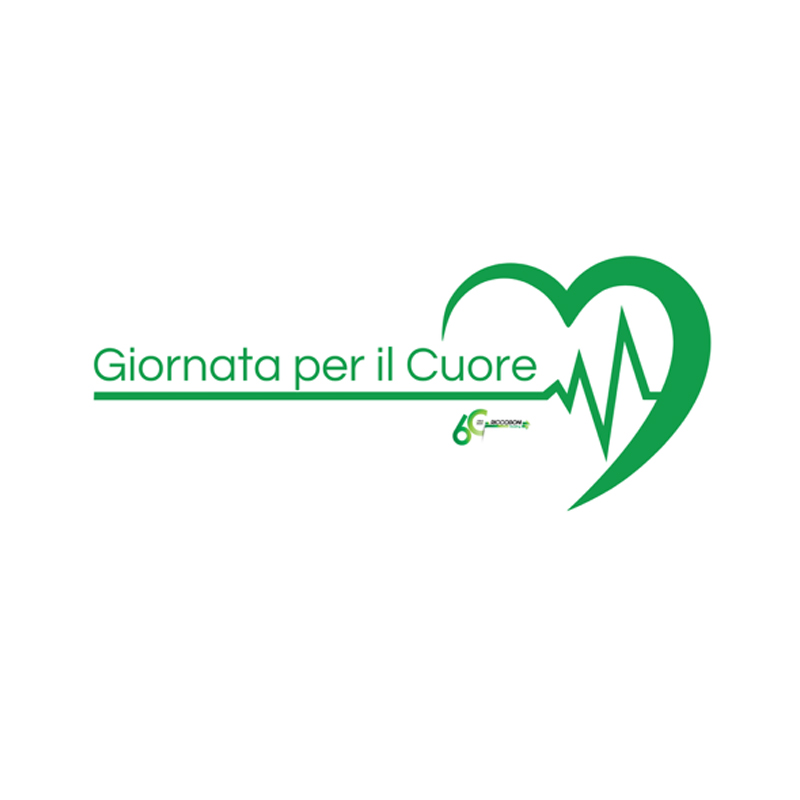Special waste production increases in italy
Now in its twenty-second edition, the ISPRA (Italian Institute for Environmental Protection and Research) Report on Special Waste provides a framework of objective, accurate and up-to-date information on the production of hazardous and non-hazardous special waste.
The Report, produced by the National Centre for Waste and the Circular Economy in collaboration with the Regional and Provincial Environmental Protection Agencies, examines over 60 indicators compiled on a national, macroregion and regional level, as well as by economic activity and waste type.
Increase in special waste production
Following the disruption of economic activities due to the pandemic, 2021 saw a
significant increase in the production of special waste, reaching 165 million tonnes. This 12.2% increase
corresponds to around 18 million tonnes. The recovery in the industrial, small business and services sectors marked an increase in waste generated by production activities.
Most common wastes produced
Around half (47.7%) originates from construction and demolition activities (78.7 million tonnes),
which continues to be the main sector for the production of special waste. For this type of waste, the percentage recycling (80.1%) is significant, far exceeding the 70% target set by the 2020 regulations. Recovery mainly relates to the production of road embankments and foundations.
Waste management facilities in Italy
Special waste is managed by over 10,000 facilities in Italy, of which 5,928 are located in the North, 1,899 in the Centre and 2,936 in the South.
Regions producing the most special waste
The regions that produce the most special waste are Lombardy (37.4 million tonnes), Veneto (18 million) and Emilia-Romagna (14.6 million). In the Centre, the region with the highest production is Lazio (10.2) and in the South, Apulia (11.4).
Waste recovery
Material is recovered from 72.1 % of special waste and only 5.7 % of the total managed waste is sent to landfill (10.2 million tonnes). Similar to previous years, the recovery of inorganic substances was once again the most widespread operation in 2021, involving 74 million tonnes, 48.9% of the total amount recovered. Compared to 2020, these quantities increased by around 10 million tonnes (+15.7%). This mostly relates to waste from construction and demolition activities (64.7 million tonnes). The recovery of metals and metallic compounds represents 16.2% of the total amount recovered, registering an increase of around 3.1 million tonnes (+14.7%) compared to 2020.
Waste disposal
An analysis of the data on waste disposal, where the overall amount in 2021 was equal to 30.2
million tonnes (17% of the total amount managed), shows that disposal in landfill and
chemical-physical treatment remain the most common forms of waste management, representing 33.7% and 31.2% of the total disposed amount, respectively.
Source: https://www.isprambiente.gov.it/it/pubblicazioni/rapporti/rapporto-rifiuti-speciali-edizione-2023













